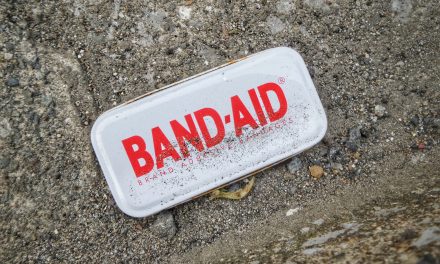All of us who contribute to this blog, along with a fair number of our readers, are also teachers. It can be difficult to discuss the church’s teachings on economic justice to college students who are often from more privileged backgrounds than the people church teaching seeks to address. For that matter – I think it is difficult for many of us, who are largely from the middle-class, to realize the economic impact of our own purchases on others.
So I thought I’d share a few links I’ve found useful for exploring a variety of questions on poverty and economic justice. I’d love hearing from others about links they use. And, as with most things, I’m sure there are debates about the usefulness of any one of these links too – so those comments also welcome.
Slavery Footprint
This site lets users go through all the things that they own, from food to clothing to electronics, as a way of calculating how many slaves or very low-paid workers they’ve got working for them. The site also provides explanations of where various goods come from, and how it came about its methodology.
Play Spent
This is a simulation “game” that challenges users to make it through the month on a minimum wage (or no) job. Surprise events happen throughout 30 days – events that are, unfortunately, not uncommon.
And – a couple of options for donating or loaning money that have most intrigued me for their focus on local people. These are sites are run by groups that take measures to ensure that money is used for the intended recipients. See their FAQs for more….
Modest Needs
This website enables donors to give money for short-term assistance, within the United States.
Kiva
This is a microloan site – $25 helps people in various locations around the world, with various small business projects.
Of course, I’m a fan of CRS too…





Thanks for the links. I tried to use Slavery Footprint last semester with my Faith and Justice class at UD, but wasn’t able to access it because their site was overwhelmed with hits. Apparently it’s pretty popular. I did make my students aware of it, though.
Another useful tool for discussing economic justice is the video China Blue (http://www.pbs.org/independentlens/chinablue/). I used it with the same class. It basically gives a brief social history of the workers who produce bluejeans in China which are then shipped to Europe and the United States. The students in my class could easily relate to the documentary’s protagonist Jasmine, a 17 year old working for pennies a day. The film is quite effective.